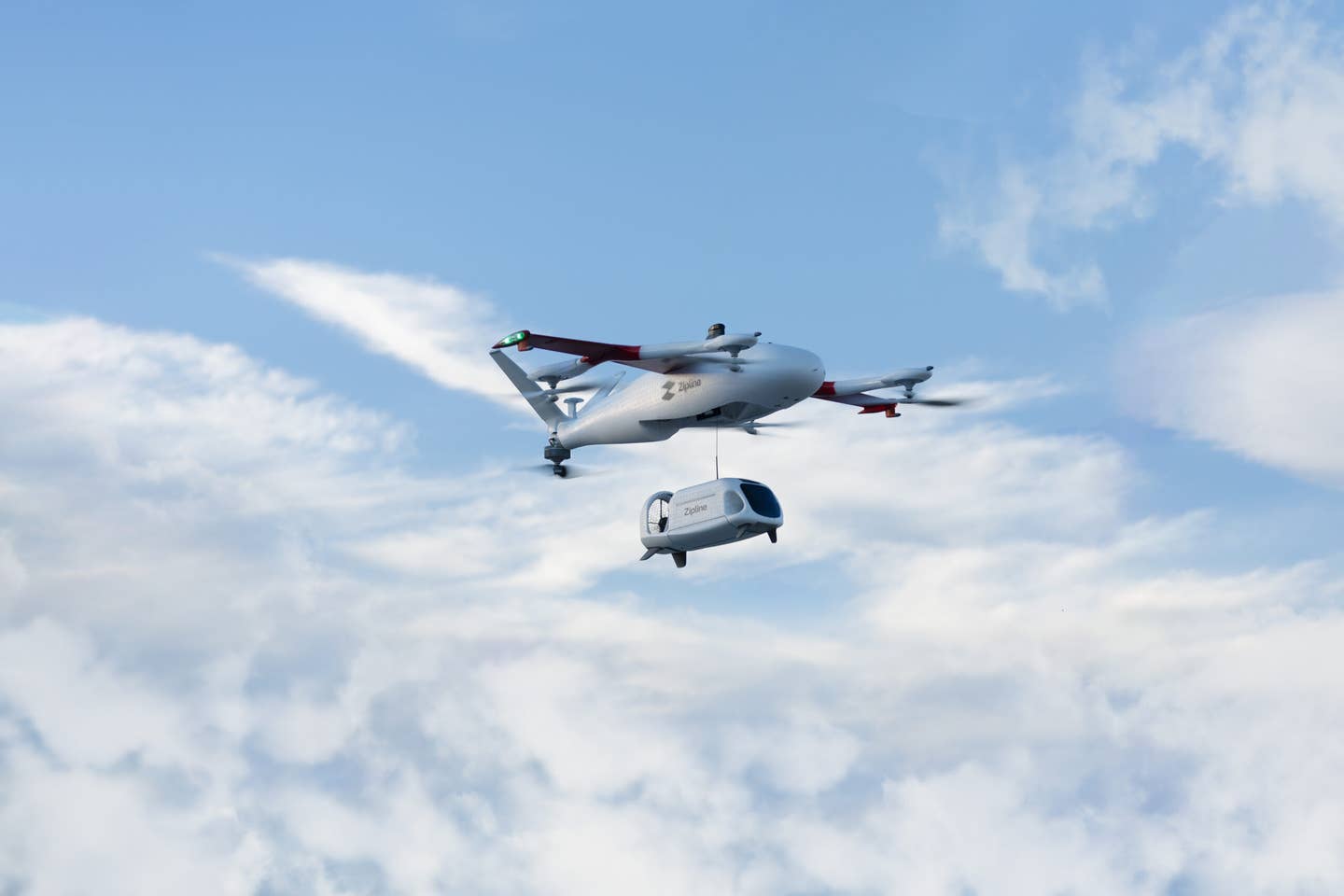A Look at New Glenn: Blue Origin’s Heavy-Lift Booster Rocket
Although beset by delays, the project is moving steadily toward launch.

Blue Origin’s New Glenn rocket sits upright for the first time during testing in February 2024. [Courtesy: Blue Origin]
In the world of private space companies, Elon Musk’s SpaceX is king. To date, SpaceX has launched close to 400 of their Falcon 9 orbital rockets as well as 10 Falcon Heavy rockets, and their Starship program is making rapid progress.
Still, SpaceX is not without competition. Amazon founder Jeff Bezos’ own private space company, Blue Origin, has been slowly racking up successes. Blue Origin’s suborbital New Shepard rocket (named for Alan Shepard, the first American in space) has launched 26 times (with 25 successes), including eight crewed missions. Blue Origin has also been making steady progress on its own next-generation orbital booster, which the company has named New Glenn (after John Glenn, the first American to orbit Earth).
In recent weeks, and after keeping a relatively low profile for years, Blue Origin has been keen to let the world learn a lot more about its new rocket.
Under the Hood
New Glenn is Blue Origin’s heavy-lift booster rocket, which the company plans to use for placing crewed and uncrewed payloads into Earth orbit and beyond.
Like SpaceX’s Falcon 9, New Glenn is a two-stage booster with a reusable first stage that, mission planners hope, will land vertically after stage separation. It’s worth noting that New Shepard rockets have successfully landed and been reused many times, so Blue Origin has some experience in this realm already.
The first stage is powered by seven BE-4 engines (which use liquid oxygen and methane for propellant), while the second stage utilizes two smaller BE-3U engines (powered by liquid oxygen and hydrogen). If all goes as planned, New Glenn will be able to place a 100,000-pound (45,360 kilograms) payload into Earth orbit and a 15,000-pound (6,800 kg) payload on a trajectory to the Moon.
New Glenn is similar to its main competitor, Falcon 9, with some differences. Like Falcon 9, New Glenn’s first stage contains engines that can be re-lit during descent to allow a soft landing, and the rocket has six extendable landing legs that deploy just before touchdown (Falcon 9’s first stage has four legs). Blue Origin also plans for New Glenn to land on a mobile, sea-based platform — SpaceX currently lands their rockets on drone ships. The current New Glenn landing platform ship, Jacklyn (named for Bezos’ mother), measures an impressive 380 feet by 150 feet (115 meters by 45 meters) in size, larger than the platforms used by SpaceX. This ship replaces an earlier version of the Blue Origin mobile sea-based landing platform, also named Jacklyn.
New Glenn’s first stage, unlike Falcon 9, is outfitted with four movable, aerodynamic control surfaces referred to as fins, which allow for attitude adjustment during the descent and landing of the first stage. Below these fins, the first stage is also adorned with four strakes. Strakes are long, winglike projections that control airflow and provide stabilization. The strakes on New Glenn will provide some lift during flight of the first stage, and strakes in general are used to increase the stability of both rockets and aircraft in flight. The fins and strakes give New Glenn a very different profile than the streamlined Falcon 9.
Launch Delays
New Glenn has experienced a slow development and manufacturing process that has led to significant delays. These delays have thus far kept its first flight from becoming a reality. For the past five years, Blue Origin has announced that New Glenn would fly its first mission that year, but these dates have all come and gone without a launch.
These launch delays have had several repercussions. Of key importance, NASA was slated to launch two identical so-called “smallsats” to Mars aboard New Glenn’s inaugural flight in October 2024, but NASA recently pulled them from the flight. The Escape and Plasma Acceleration and Dynamics Explorers (ESCAPADE) smallsats were due to be finalized for flight and fueled with nitrogen tetroxide and hydrazine propellants for a mission that would study the martian atmosphere, but this critical step was recently canceled. NASA feared that if New Glenn was not ready for the planned launch window, the fuel would have to be drained from the two spacecraft, which is undesirable, given the cost and the potential risk of damaging the spacecraft in the process. NASA is now eyeing a potential new launch window for the two spacecraft in mid-2025 or even 2026, possibly aboard a future New Glenn flight.
- READ MORE: A Brief History of Astronauts Stuck in Space
Given the loss of the ESCAPADE mission, Blue Origin is now planning for the inaugural flight of New Glenn to carry hardware related to its Blue Ring project. Blue Ring is described as a platform for launching hardware into specific orbits, satellite orbital adjustment and refueling, and even cloud-based computing in orbit. This takes some pressure off of Blue Origin, as the payload will be of the company’s own design and development, and therefore does not tie it to any outside, third-party customer with their own deadlines to meet.
To be fair, designing, building, testing, and launching a new rocket capable of reaching orbit is no easy task. Delays such as those Blue Origin is experiencing are not uncommon in the history of spaceflight. And the company appears to feel that it is better to launch later, with a higher chance of success, than to launch earlier if the rocket is not truly ready for flight.
SpaceX is still the dominant force in private orbital spaceflight, but Blue Origin hopes to share the launch pad with them someday soon.
Editor’s Note: This article first appeared on Astronomy.

Sign-up for newsletters & special offers!
Get the latest FLYING stories & special offers delivered directly to your inbox






